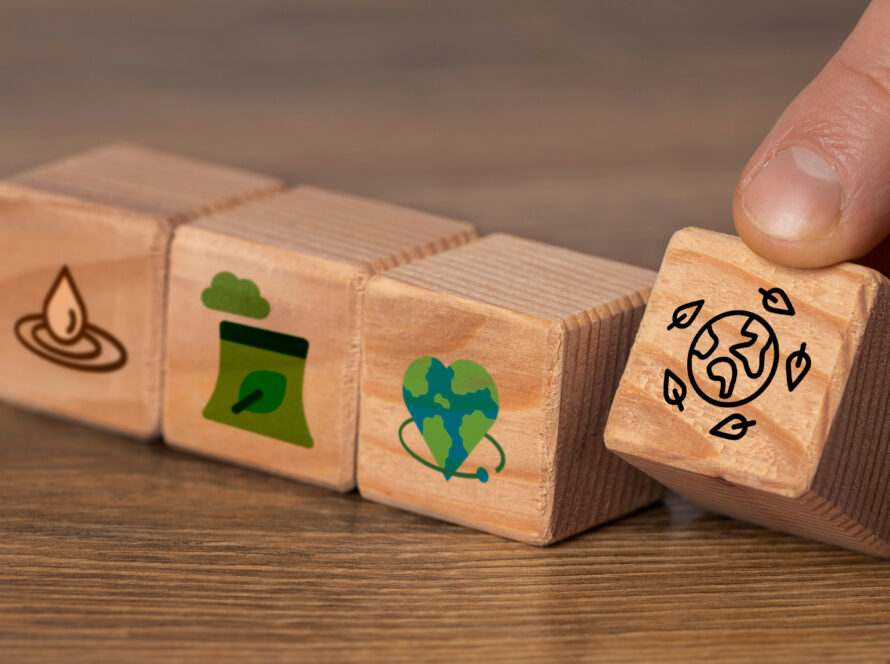Introduction to Sustainability
Welcome to the beginning of our journey into the world of sustainability! In this series, we’ll explore the fundamental concepts, challenges, and solutions surrounding sustainability, a topic that is more crucial now than ever before.
At its core, sustainability is about meeting the needs of the present without compromising the ability of future generations to meet their own needs. It’s like tending to a garden: ensuring the soil remains fertile, the plants thrive, and the ecosystem flourishes for years to come.
Why Does Sustainability Matter?
In today’s rapidly changing world, sustainability isn’t just a buzzword; it’s a necessity. Our planet faces unprecedented challenges, from climate change and biodiversity loss to social inequality and economic instability. Embracing sustainability is our best bet for addressing these challenges and creating a world where all life can thrive.
Examples of Unsustainable Practices
Sadly, many of our current practices are anything but sustainable. From over-reliance on fossil fuels to rampant deforestation and single-use plastics, our actions are taking a toll on the planet. The consequences are dire, ranging from habitat destruction and species extinction to pollution and resource depletion.Take, for instance, our addiction to single-use plastics. These convenient products may seem harmless at first glance, but their impact on the environment is staggering. From clogging our oceans and harming marine life to leaching toxic chemicals into our waterways, single-use plastics are a prime example of unsustainable practices with far-reaching consequences.
Forming Sustainability from Unsustainable Practices
But here’s the good news: where there are unsustainable practices, there is also the potential for sustainability to emerge. Take the example of renewable energy. As we move away from fossil fuels, we’re embracing cleaner, more sustainable alternatives like solar, wind, and hydroelectric power. These renewable energy sources not only reduce our carbon footprint but also create jobs and promote
energy independence.Similarly, the concept of a circular economy offers a sustainable alternative to our current linear “take-make-dispose” model of production and consumption. By designing products with longevity in mind, promoting reuse and recycling, and minimizing waste, we can create a more sustainable economy that works in harmony with the planet.
Conclusion
As we embark on this journey together, it’s essential to recognize the urgency of the sustainability movement. By understanding the principles of sustainability and the consequences of unsustainable practices, we can begin to make meaningful changes in our lives and communities. Stay tuned to read our next blog where we explore the historical roots of sustainability.



